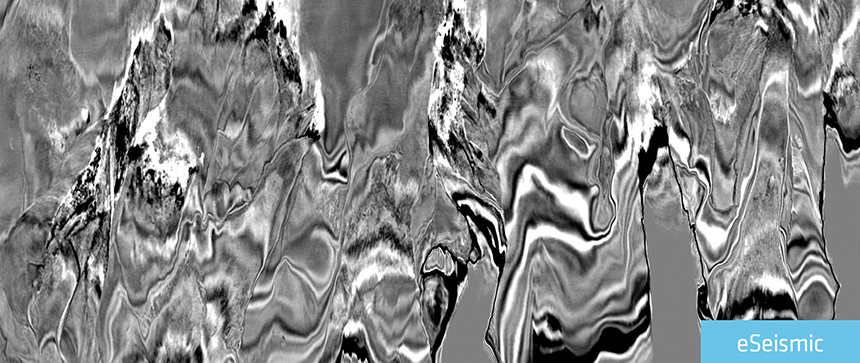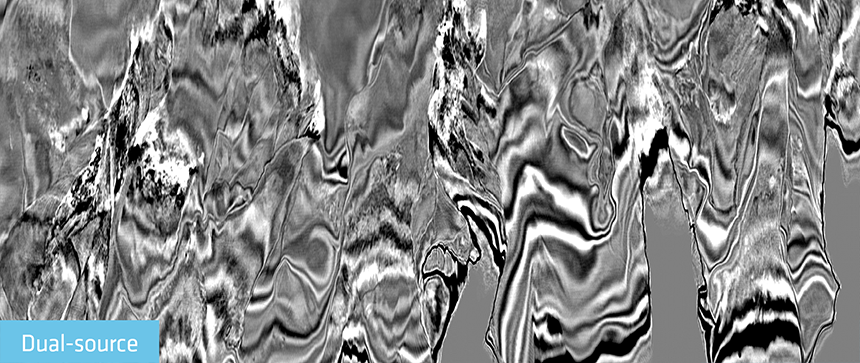eSeismic treats the wavefields on both the source and the receiver side as continuous and requires seismic data to be recorded continuously and the source signals to be emitted uninterrupted while moving. To generate such an ideal source wavefield using existing equipment, individual airguns are triggered with short randomized time intervals in a near-continuous fashion.
One of the main potential benefits with the proposed method is the reduced environmental impact of marine seismic sources. The peak sound pressure levels are significantly reduced by triggering one airgun at a time compared to triggering many airguns in an array simultaneously as in conventional marine seismic sources. Sound exposure levels are also reduced.
The field trial was conducted in Brazil in May/June 2018 and demonstrated that the peak sound pressure levels are approximately 20-22 dB lower for the proposed method compared with conventional methods. Also, the sound exposure levels are 8-9 dB lower for eSeismic data. Dense cross-line CMP spacing is achieved without compromising the acquisition efficiency. The 800 m wide sail line is sampled with 96 common mid-points compared to 32 with a standard dual-source configuration. From an efficiency standpoint, there are minimal vessel speed limitations since this method does not require the seismic recording or the sources to be triggered at specific spatial intervals. Limitations imposed by shot cycle time and record length are now relaxed.
Data examples such as the one below show that high-resolution seismic images can be produced from seismic data acquired and processed using eSeismic.
Contact a PGS expert
If you have questions related to our business please send us an email.

